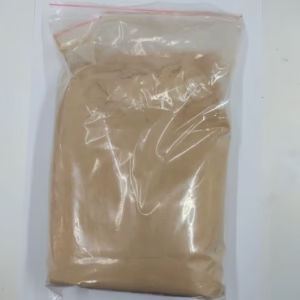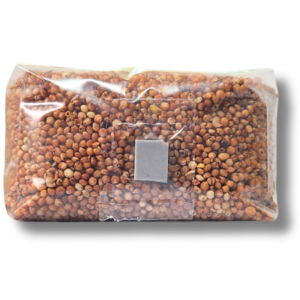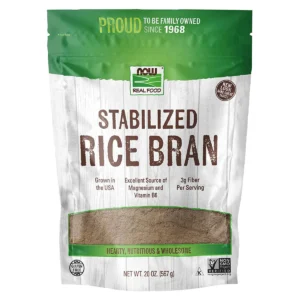Description
Oats grain for sale: Learn about the benefits of feeding oats to cattle, including nutritional value, digestibility, and impact on milk and growth. Order
Oats grain for sale
Oats for Cattle: A Nutritious and Versatile Feed Grain
Oats, often overlooked in favor of corn and soybeans, are a valuable and versatile grain that can significantly benefit cattle feeding programs. While primarily known for human consumption, oats offer a unique nutritional profile and various advantages for beef and dairy operations. Understanding the benefits and proper implementation of oats in cattle diets can lead to improved animal health, performance, and overall profitability.
Nutritional Powerhouse:
Oats boast a nutritional composition that makes them an attractive feed option for cattle. Key benefits include:
- High Fiber Content: Oats are rich in fiber, particularly beta-glucan, which promotes healthy digestion and rumen function. This fiber content helps maintain a stable rumen pH, reducing the risk of acidosis, a common issue with high-concentrate diets.
- Palatability: Cattle generally find oats to be highly palatable. This can be especially beneficial for young calves being introduced to solid feed or for encouraging feed intake in animals experiencing stress or illness.
- Moderate Energy Level: Oats provide a moderate energy level compared to corn. This makes them a safer option for feeding to cattle, particularly young stock and breeding animals, where excessive energy can lead to digestive upset or obesity.
- Good Protein Content: Oats offer a decent protein level, contributing to overall protein requirements and supporting muscle development. While not as high in protein as soybeans, oats provide a valuable and readily available source.
- Rich in Minerals: Oats contain essential minerals like manganese, iron, and zinc, which are vital for various physiological functions, including immune support, enzyme activity, and growth.
Benefits for Different Cattle Classes:
The advantages of incorporating oats into cattle rations vary depending on the animal’s stage of life and production status:
- Calves: Oats are an excellent starter feed for calves due to their palatability and readily digestible fiber. They promote rumen development and healthy growth.
- Growing Cattle: Oats can contribute to a balanced diet for growing cattle, providing energy and fiber for optimal weight gain and skeletal development.
- Finishing Cattle: While oats are not typically used as the primary energy source in finishing rations due to their lower energy density compared to corn, they can be added to improve palatability, reduce dust, and provide additional fiber.
- Breeding Cattle: Oats are particularly beneficial for breeding cattle, providing a moderate energy source that helps maintain body condition without risking obesity. The fiber content supports healthy rumen function and prevents digestive issues.
- Dairy Cattle: Oats can be included in dairy cow rations to improve fiber intake, which is essential for milk production and rumen health. They can also help improve milk fat percentage.
Considerations for Implementation:
Before incorporating oats into cattle diets, consider the following factors:
- Oat Variety: Different oat varieties can vary in nutrient composition, particularly in terms of protein and fiber content. Select varieties best suited to your specific needs and goals.
- Processing: Processing oats, such as rolling or crimping, improves digestibility and utilization of nutrients. Whole oats can pass through the digestive system undigested, reducing their nutritional value.
- Inclusion Rate: The optimal inclusion rate of oats in cattle diets depends on the animal’s age, physiological status, and the other feed ingredients being used. Consult with a nutritionist to determine the appropriate level for your specific situation.
- Cost-Effectiveness: Evaluate the cost of oats compared to other feed grains and ingredients. While oats offer nutritional benefits, their economic viability depends on local market prices and the overall cost of the ration.
- Storage: Proper storage is crucial to prevent spoilage and maintain the quality of oats. Store oats in a clean, dry, and well-ventilated area to minimize the risk of mold growth and insect infestation.
Conclusion:
Oats represent a valuable and versatile grain that can significantly benefit cattle feeding programs. Their unique nutritional profile, including high fiber content, palatability, and moderate energy level, makes them a suitable feed option for various cattle classes. By carefully considering the specific needs of your animals and implementing proper management practices, you can harness the benefits of oats to improve animal health, performance, and profitability on your cattle operation. While oats might not always be the cheapest option, the nutritional benefits they offer can ultimately lead to a healthier and more efficient herd.











Reviews
There are no reviews yet.